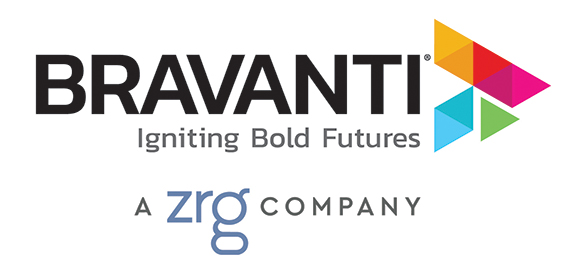Global business teams face a bevy of unique challenges. Not only must they overcome the obvious barriers—geographic, linguistic, and cultural—but global teams must also address issues of cross-functionality, alignment, and trust. These are difficult matters even for teams operating in the same office, let alone for those spread across the globe. Optimizing global teams takes time and commitment, and in today’s ever-changing, fast-paced world, organizations need to be reminded of that.
Barriers to Success
Global teams may encounter numerous disruptors that could lead to conflict or challenges. Potential disruptors could be a new CEO, an operational update, or shifts in workload. If the leadership team doesn’t have a strong foundation in place when these disruptors occur, it can result in decreased performance, increased dysfunction, and siloed interactions.
Teams can overcome these dysfunctions by separating out individual roles from the team and coming together as equal members of team. Even if team members are dispersed around the globe, they should establish a goal they can accomplish together as a group. This takes them one step closer to becoming a more effective, functioning team—one that will produce tangible results. Or, from an internal perspective, their collaboration will help produce a positive, thriving company culture—the kind of place where people want to work. These are benefits of team optimization that flows up, down, and around the organization.
Team Formation Starts with Trust
When global teams form, communication must be addressed first and foremost. Barriers to communication can be removed by having face-to-face meetings that help solidify a foundation on which the team can build. Coming together provides the opportunity to build on the foundational pieces that we know make a team successful.
Most critical to the foundation is trust. Trust can come only from being together, getting to know one another, and doing that in a way that demonstrates vulnerability. The words that are used, the body language, the eye contact, the tone of voice—these all come into play during team formation. That’s where a team begins to build its trust foundation.
When team members understand each other’s greatest strengths and vulnerabilities, they can communicate and contribute better to the group’s effectiveness. This results in a truly global team that can operate at a high-performing level, despite disruptors.
The Team Optimization Journey
A combination of face-to-face team-building and technology is optimal, but many companies mistakenly believe that team optimization work is a one-time session rather than a journey. The evolution of a team comes from its experiences along the way. And, the point of team optimization is that the group can manage through changes as they occur because the groundwork for success is already in place.
Team optimization is an ever-evolving process that requires continuous attention. Leaders of global organizations must invest their time and effort to ensure that they are in sync, working together to create a culture that is in line with business objectives, as well as the company’s mission, vision, and values.
# # #
This content originally appeared in Consulting Magazine.

